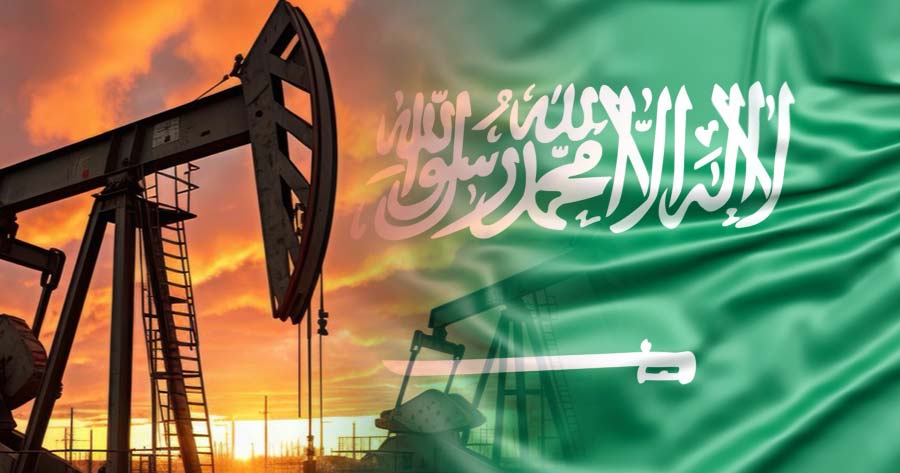Saudi Arabia is reportedly willing to abandon its unofficial price target of $100 a barrel for crude oil as it gears up to ramp up production, signaling a sign that it succumbs to a period of lower oil prices, according to the report by the Financial Times citing people familiar with Riyadh.
The world’s top oil exporter, along with seven other OPEC+ members, had initially planned to ease longstanding production cuts starting October. However, a two-month delay raised doubts on whether the group would actually boost output, especially after the price of Brent crude briefly fell below $70 earlier this month, marking its lowest point since December 2021.
This shift in strategy signifies a notable departure for Saudi Arabia, as it has historically spearheaded production cuts within OPEC+ since November 2022 to uphold elevated prices. The average price of Brent crude hit $99 a barrel in 2022, the highest in eight years, primarily driven by the aftermath of Russia’s invasion of Ukraine, but has since retreated.
Given the rise in supply from non-OPEC producers, particularly the US, and sluggish demand growth in China, the impact of the group’s production cuts has waned over time. Despite ongoing geopolitical tensions like the conflict between Israel and Hamas in Gaza, Brent has been averaging $73 a barrel in September.
While the IMF asserts that Saudi Arabia requires an oil price close to $100 a barrel to maintain fiscal equilibrium, Crown Prince Mohammed bin Salman aims to finance a series of large-scale projects integral to an ambitious economic overhaul. Nevertheless, the kingdom has opted not to continue conceding market share to rival producers, considering alternative funding sources like foreign exchange reserves or sovereign debt to weather the storm.
A decade ago, Saudi Arabia terminated the era of $100 a barrel oil by boosting output amid falling prices in 2014 to offset the rapid growth of the US shale industry. Recently, under the guidance of Energy Minister Prince Abdulaziz bin Salman, the kingdom has focused on revenue maximization by curbing production to support prices, a strategy that occasionally strained relations with the US.
Having carried the brunt of OPEC+ cuts thus far, Saudi Arabia slashed its production by 2 million barrels per day over the past two years, accounting for more than a third of total member cuts. The kingdom currently pumps 8.9 million b/d, the lowest level since 2011, excluding the impacts of the pandemic and the 2019 attack on the Abqaiq processing facility.
As part of the delayed plan to roll back cuts, Saudi Arabia aims to incrementally increase its monthly production by 83,000 b/d from December onwards, ultimately raising output by 1 million b/d by December 2025. Key concerns for Saudi Arabia revolve around certain cartel members, such as Iraq and Kazakhstan, who have been exceeding their production quotas, prompting efforts to ensure compliance and possibly expedite the unwinding of cuts if necessary.


